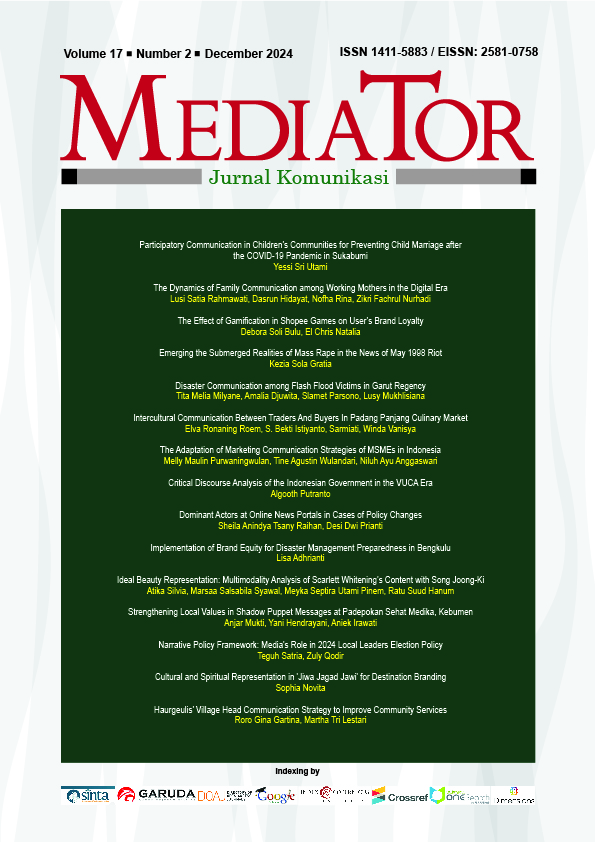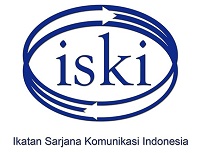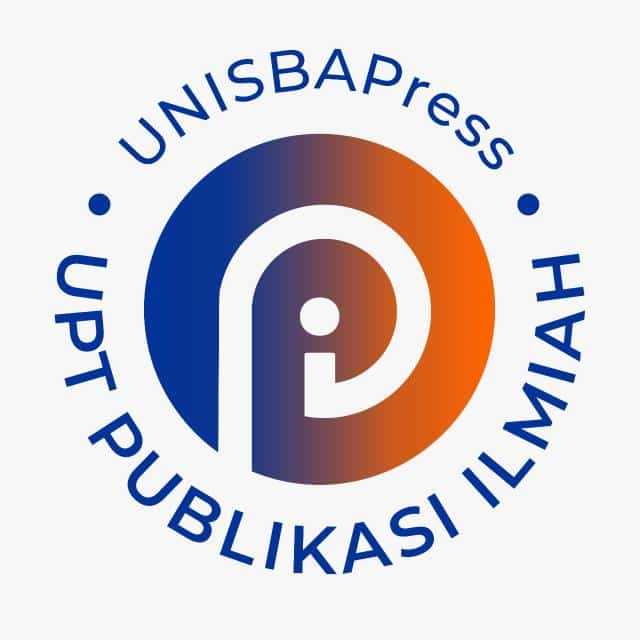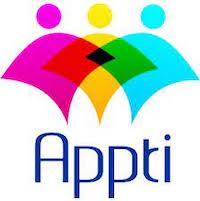Implementation of Brand Equity for Disaster Management Preparedness in Bengkulu
DOI:
https://doi.org/10.29313/mediator.v17i2.3170Keywords:
Bengkulu City BPBD, Brand Equity, Disaster Communication, Management PreparednessAbstract
Bengkulu Province is a disaster-prone area in Indonesia, frequently experiencing floods, landslides, earthquakes, and tsunamis. The flooding in Bengkulu City is primarily caused by coal mining activities in the upstream areas of the Bengkulu River, combined with extreme weather conditions. Effective disaster management in such regions requires not only logistical, health, and accommodation support but also robust information systems for efficient communication. This study aims to evaluate the implementation of brand equity principles by the Regional Disaster Management Agency in Indonesia, known as Badan Penanggulangan Bencana Daerah (BPBD), in Bengkulu City to enhance disaster management effectiveness. The research adopts a qualitative method, utilizing case studies and in-depth interviews with key BPBD officials. The analysis focuses on seven indicators of brand equity: leadership, stability, market, internationality, trends, support, and protection. Findings reveal that while BPBD demonstrates strong leadership and market presence, it faces challenges in achieving stability and consistent community engagement. Additionally, BPBD has successfully established international collaborations and maintained a good public image through effective media use and ethical practices. However, promotional activities are not consistently executed, and there is a need for better budget management to support disaster mitigation infrastructure. The study concludes that strengthening brand equity in disaster management agencies can significantly improve their operational efficiency and public trust, ultimately reducing disaster impact and enhancing community resilience.
References
Abdulkarim, S., Babaji, N.A., Isa, A, M. (2021). The Relationship Between Humanitarian Logistics Management and Disaster Management in North Eastern Nigeria. International Journal of Scientific & Technology Research. 10(4), 58-65
Adhrianti, L., Alfarabi. (2020). Komunikasi Pengurangan Resiko Bencana Berbasis Keluarga (Januari). Book Chapter: Adaptasi Mitigasi Bencana.
Alfarabi, L. A. (2021). Bencana, Informasi, dan Komunikasi serta Keterlibatan Media Massa Lokal dalam Manajemen Bencana (Studi Pendekatan Jurnalisme Bencana di Provinsi Bengkulu). Jurnal Ilmu Komunikasi, 10,1, 29–38.
Alfarabi, L. A. (2022). Strategi Komunikasi Resiko Bencana Bagi Upaya Penanggulangan Bencana Daerah (Studi Pemetaan Resiko Bencana di Kabupaten Bengkulu Tengah). Jurnal Ilmu Komunikasi UPNVJ.
Alnizar, F. Fadlil, MM. (2022). The Political Language of Disaster: Indonesian Government Communication for Handling the Covid-19 Pandemic. Jurnal Ilmu Sosial Dan Ilmu Politik, 25(3). https://doi.org/2502-7883
Apriani, W., Neni, R., Ningsi, S. A., Oklaini, S. T. (2023). Hubungan Pengetahuan Bencana Banjir Dengan Kesiapsiagaan Masyarakat di Kelurahan Tanjung Agung RT.001 Kota Bengkulu. Jurnal Kesehatan Saintika Meditory. 6(2), 145-152
Asteria, D. (2016). Optimizing Disaster Communication in Mass Media as a Support for Disaster Management. Jurnal Komunikasi ISKI, 01, 1–11.
BPBD Kota Bengkulu. (2023). Bengkulu City Flood Disaster Infographic. Instagram: BPBD Kota Bengkulu
Crane, A., & Glozer, S. (2016). Researching Corporate Social Responsibility Communication: Themes, Opportunities and Challenges. Journal of Management Studies, 53(7), 1223–1252. https://doi.org/10.1111/joms.12196
Dalifa., Agusdianita, N., Karjiyati. V., Wurjinem. (2021). Studi Deskriptif Sikap Kesiapsiagaam Banjid Anak SD Ditinjau dari Segi Etnis di DAS Kota Bengkulu. Attadib: Journal of Elementaru Education. 5(1), 90-103
Darabjerdi, J.J., Arabi, M., Haghighikhah, M. (2016). Identifying the Effective Factors on Brand Equity from Costumers Perspective Using Aaker Model: A Case of Tehran Dairy Product. International Journal of Business and Management. 11(4), 265-273
Fadillah, Virginia. (2019). Disaster Communication in Handling Mount Agung Eruption Events.
Farid, M. (2019). Dampak Bencana terhadap Dinamika Kemiskinan (Studi Kasus di Provinsi Bengkulu). Universitas Bengkulu.
Farid, Muhammad & Mase, Lindung Zalbuin. (2020). Implementation of Seismic Hazard Mitigation on The Basis of Ground Shear Strain Indicators for Spatial Spatial Plan Of Bengkulu City, Indonesia. International Journal of Geomate. 18(69), 199-207
Klimkiewicz, Katarzyna & Oltra, Victor. (2017). Does CSR Enhance Employer Attractiveness? The Role of Millenial Job Seekers Attitude. Corporate Social Resposibility and Environtal Management. 1-15
Krissanya, N., & Widyaningsih, Y. A. (2023). Implementation Of Corporate Brand Identity Matrix In Building Corporate Brand Identity. JRMSI - Jurnal Riset Manajemen Sains Indonesia, 14(01), 1–8. https://doi.org/10.21009/JRMSI.014.1.01
Kusliana, Fatmi and Kartika, Titiek and Budiyono, B. (2017). Analysis of Flood Disaster Mitigation in Tanjung Agung Village, Bengkulu City. Universitas Bengkulu.
Lestari, P. (2019). Perspective of Disaster Communication. PT. Kanisius, Yogyakarta.
Miller, D., Merrilees, B., & Yakimova, R. (2014). Corporate Rebranding: An Integrative Review of Major Enablers and Barriers to the Rebranding Process. International Journal of Management Reviews, 16(3), 265–289. https://doi.org/10.1111/ijmr.12020
Nugroho, P.s., dan D. S. (2019). Komunikasi Bencana-membedah relasi BNPB dengan Media. In Pusat Data, Informasi dan Hubungan MAsyarakat.
Ovfianti, S. (2021). Strategi Branding Moystuff Bengkulu (Studi Kasus pada Merek Moystuff). Universiyas Bengkulu.
Pandiangan, K., & Atmogo, Y. D. (2021). Faktor-Faktor Yang Mempengaruhi Brand Equity : Brand Trust , Brand Image , Perceived Quality , & Brand Loyalty. 2(4), 471–484.
Rahayu, S., & Harsono, M. (2018). Kepercayaan Merek Dan Brand Affect Sebagai Anteseden Dari Loyalitas Merek. Media Ekonomi, 18(1), 9. https://doi.org/10.30595 /medek.v18i1.2409
Ramadhani, Iqbal & Mujayana, Marya. (2022). Brand Equity and Strategies to Win Business Competition. Journal of Apllied Management and Business. 3(1), 20-25
Sugiyono. (2018). Metode Penelitian Kualitatif dan R&D. Bandung. CV Alfabeta.
Switala, M., Gamrot, W., Reformat, B., Bilinska, K., (2018). The Influence of Brand Awareness and Brand Image on Brand Equity - An Empirical Study of Logistics Service Providers. Journal Economics and Management. 33(3), 96-119
Tien, Dr. N. H., Vu, Dr. N. T., & Tien, Dr. N. V. (2019). The role of brand and brand manage-ment in creating business value case of coca-cola Vietnam. International Journal of Research in Marketing Management and Sales, 1(2), 57–62. https://doi.org/10.33545/26633329.2019.v1.i2a.18
Voorveld, H. A. M. (2019). Brand Communication in Social Media: A Research Agenda. Journal of Advertising, 48(1), 14–26. https://doi.org/10.1080/00913367.2019.1588808
Downloads
Published
Issue
Section
License
Copyright (c) 2024 Lisa Adhrianti

This work is licensed under a Creative Commons Attribution-ShareAlike 4.0 International License.























